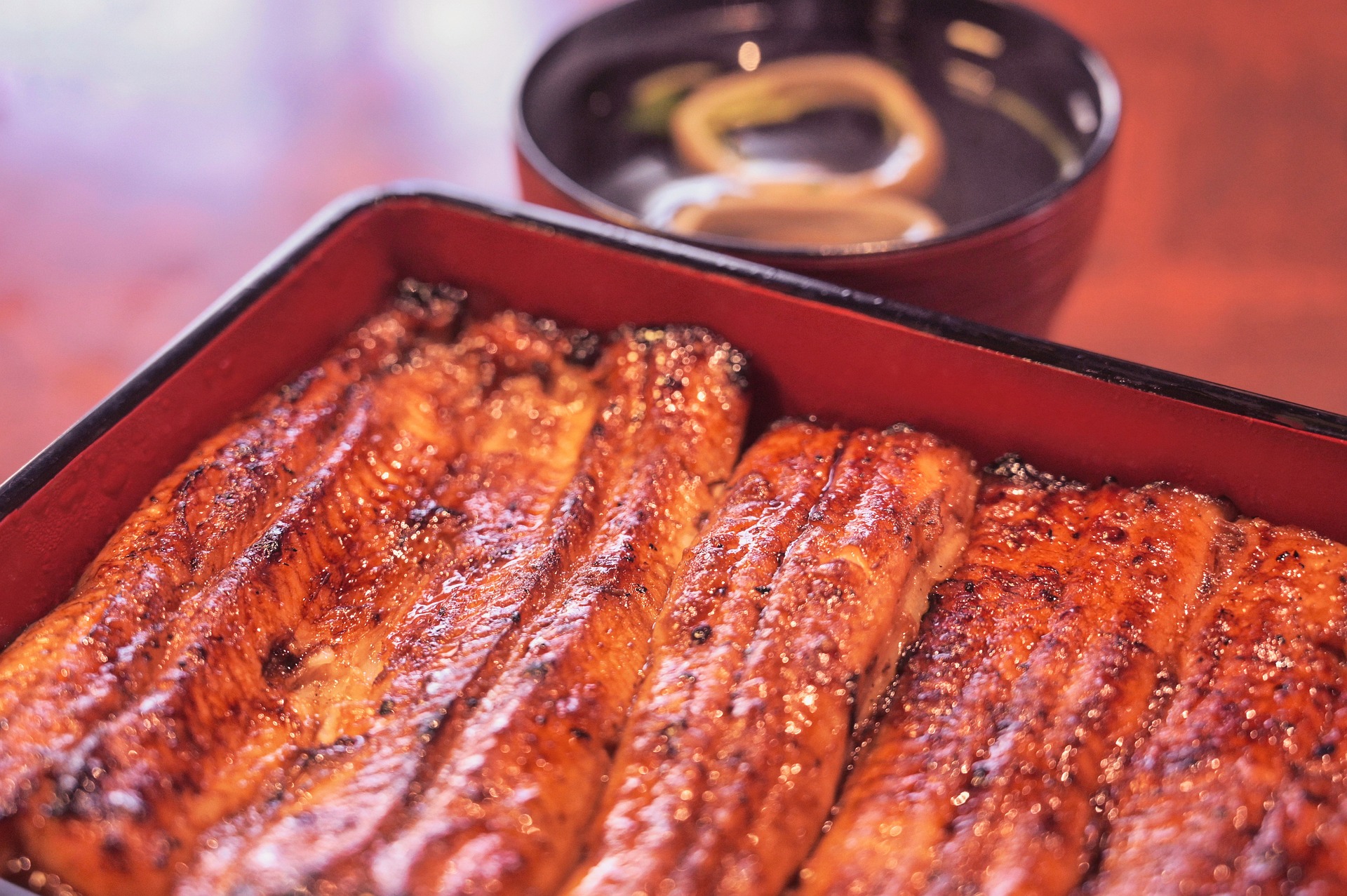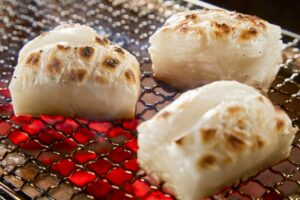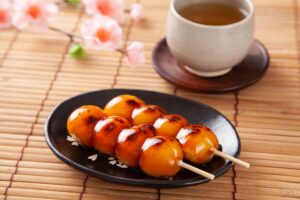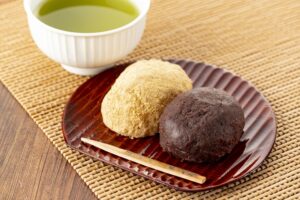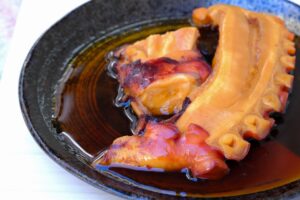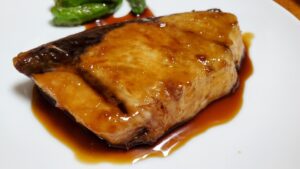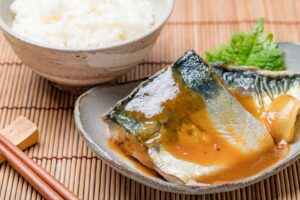Unagi, or Japanese freshwater eel, is a culinary delicacy that holds a special place in Japanese cuisine. This article delves into the unique taste and preparation methods of unagi, offers authentic recipes, discusses its nutritional benefits, and highlights its cultural importance. Whether you’re a food enthusiast, a home cook, or planning a trip to Japan, this guide will enrich your understanding and appreciation of unagi.
What is Unagi?
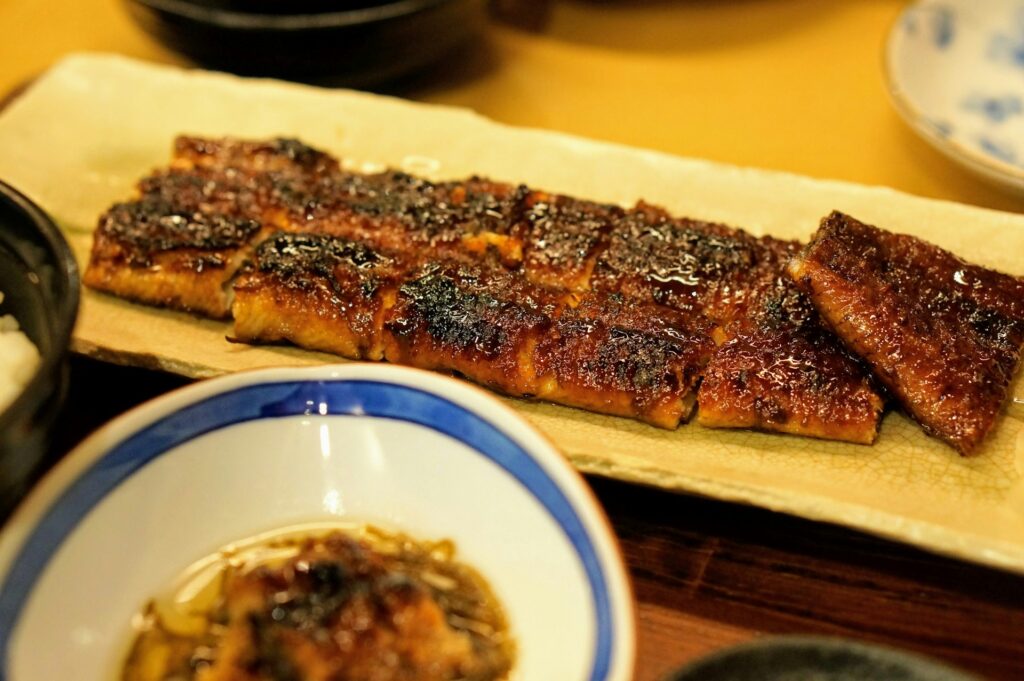
Unagi refers to the Japanese freshwater eel, specifically the Japanese eel species known as Anguilla japonica. These eels inhabit rivers and lakes and are a staple in Japanese cuisine. Unagi is celebrated for its rich, buttery flavor and tender, flaky texture, which sets it apart from other types of eel. The most common preparation method involves grilling the eel with a sweet soy-based sauce, known as kabayaki. Unagi is not only a delicacy but also holds significant nutritional value, making it a popular choice for both gourmet dining and everyday meals in Japan.
The Cultural Significance of Unagi in Japan
Unagi has a profound cultural and historical significance in Japan. Traditionally, it is consumed during the midsummer day of the ox (Doyo no Ushi no Hi) to boost stamina and vitality in the heat. Unagi features prominently in Japanese literature, art, and media, symbolizing endurance and luxury. The eel is also celebrated during festivals and special occasions, often being the highlight of elaborate feasts. Its cultural importance extends to various regional specialties, each showcasing unique preparation styles and local flavors.
How to Cook Unagi at Home
Cooking unagi at home can be a rewarding experience. Here are the steps to prepare and cook unagi:
- Cleaning and Filleting: Start by cleaning the eel and removing its head and bones. Fillet the eel into thin strips.
- Grilling: Marinate the fillets in a mixture of soy sauce, mirin, sake, and sugar for about 30 minutes. Grill the fillets over medium heat until they are tender and caramelized.
- Unagi Sauce: Prepare a traditional unagi sauce by simmering soy sauce, mirin, sake, and sugar until it thickens.
- Serving: Brush the grilled eel with the unagi sauce and serve over a bed of steamed rice to make unadon, or use it as a topping for sushi.
Popular Unagi Recipes
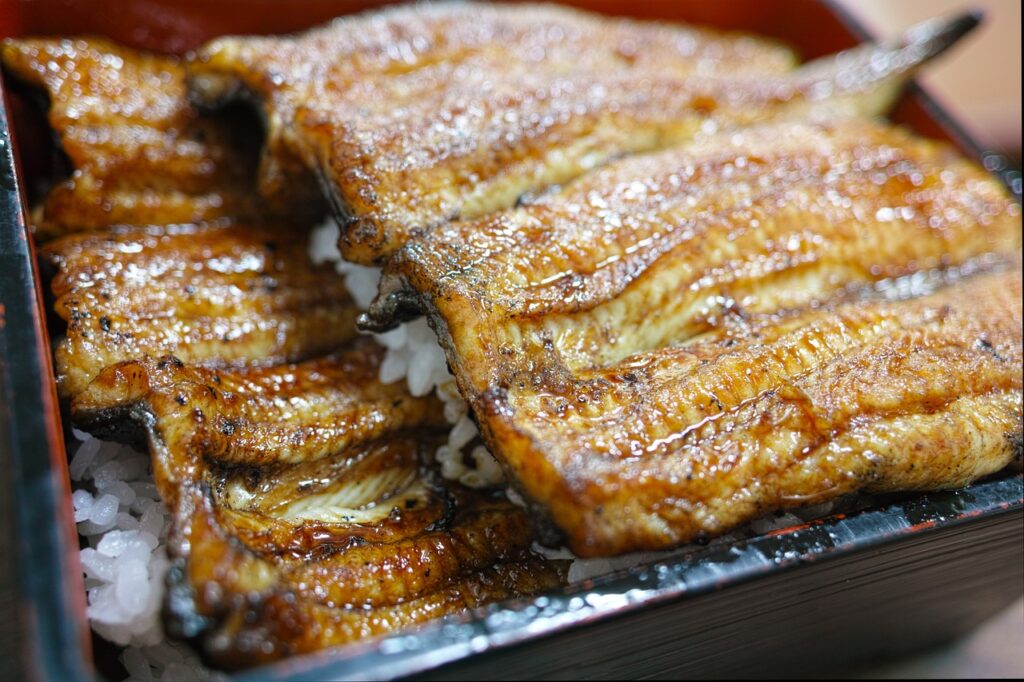
Several popular unagi dishes highlight its versatility:
- Unadon (Unagi Donburi): Grilled eel served over a bowl of steamed rice with a drizzle of unagi sauce.
- Unagi Sushi: Slices of grilled unagi placed atop sushi rice and often garnished with a sweet glaze.
- Kabayaki: Unagi fillets skewered and grilled with a sweet soy-based glaze, often served as part of a larger meal. Each of these dishes showcases the rich flavor of unagi and its ability to pair well with various ingredients.
Health Benefits of Unagi
Unagi is not only delicious but also packed with nutrients. It is an excellent source of high-quality protein, essential for muscle repair and growth. Unagi is rich in vitamins A, B, and D, and contains beneficial omega-3 fatty acids, which support heart health and reduce inflammation. Its consumption is associated with various health benefits, including improved brain function, better skin health, and enhanced energy levels. Despite its richness, unagi is considered a healthy addition to a balanced diet.
Sustainability and Sourcing of Unagi
The popularity of unagi has raised concerns about overfishing and sustainability. Sustainable practices in unagi farming and fishing are essential to protect eel populations and the environment. Look for unagi certified by sustainability organizations, which ensures that the eels are sourced responsibly. Efforts are being made globally to develop sustainable eel farming techniques and protect natural habitats to ensure the long-term availability of this beloved delicacy.
Unagi vs Anago: Differences Explained
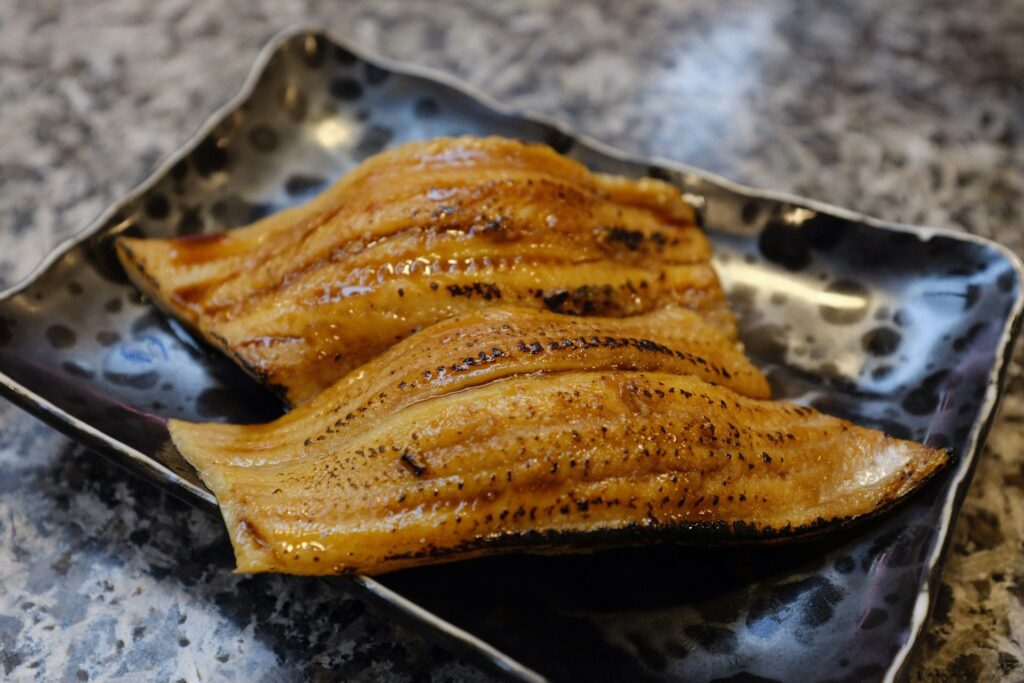
Unagi (freshwater eel) and anago (saltwater eel) are both popular in Japanese cuisine but have distinct differences. Unagi has a richer, more buttery flavor and is usually grilled with a sweet soy-based sauce. Anago, on the other hand, has a milder taste and is often simmered or used in tempura. The texture of unagi is firmer and oilier compared to the softer and leaner anago. Each eel type is prepared differently to highlight their unique flavors and textures, offering diverse culinary experiences.
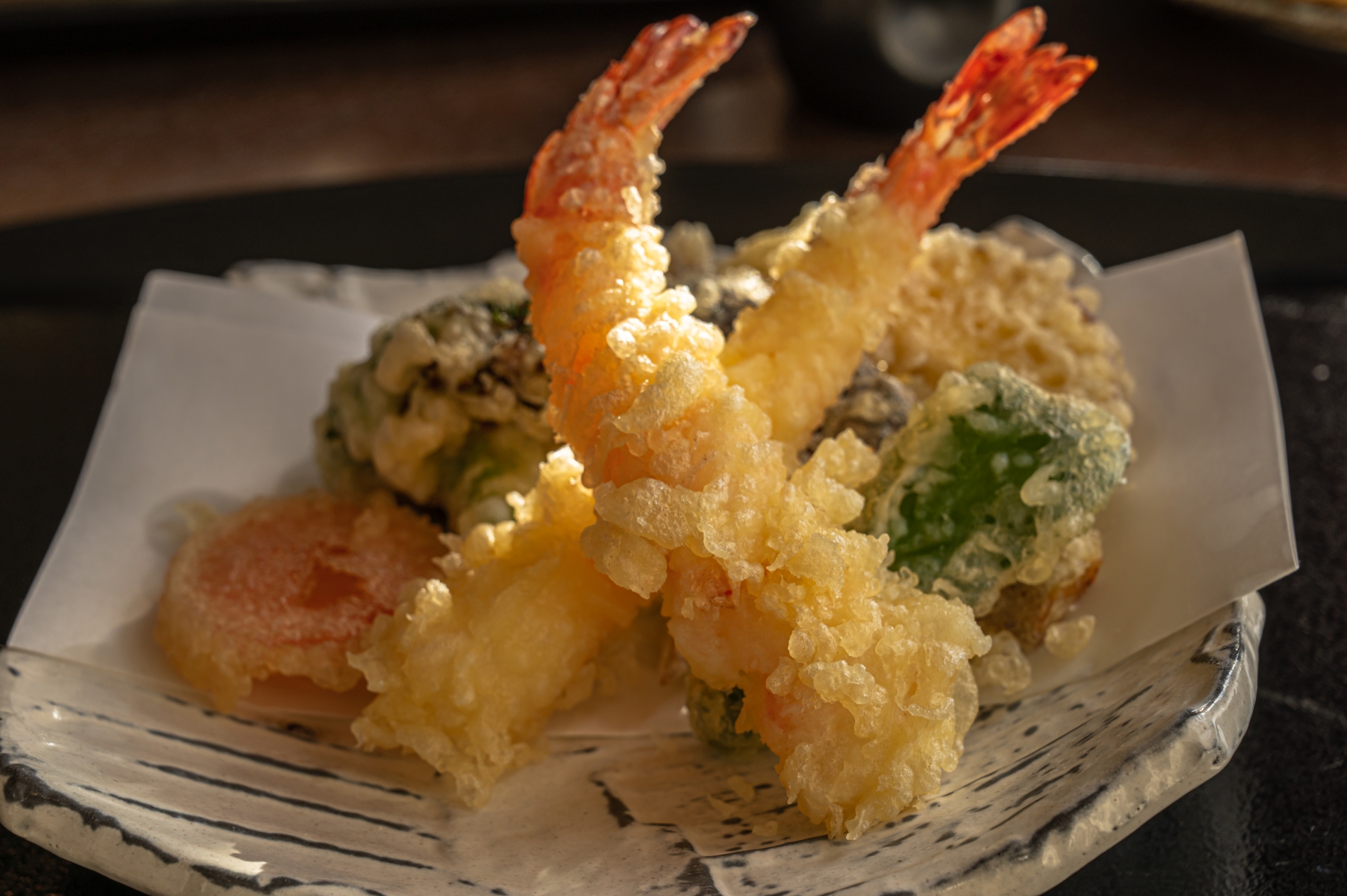
Where to Eat Unagi in Japan
Japan offers numerous renowned places to savor authentic unagi dishes. Tokyo’s restaurants, like Nodaiwa and Obana, are famous for their exquisite unagi preparations. In the Kansai region, Kyoto’s unagi restaurants provide traditional dining experiences. The town of Hamamatsu is particularly known for its eel farms and unagi specialties. When in Japan, exploring these regions and their celebrated unagi eateries is a must for any food enthusiast.
This comprehensive guide on unagi aims to enhance your culinary adventures, whether you are cooking at home or dining in Japan.

